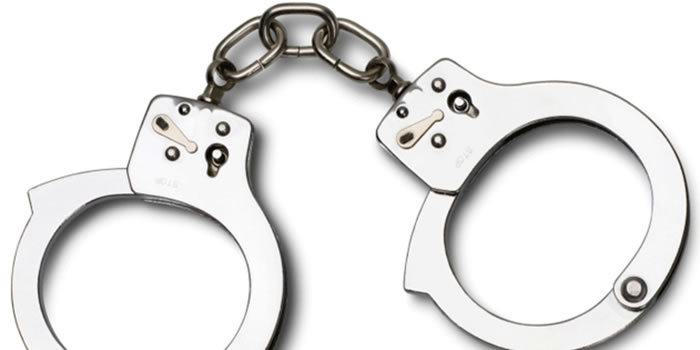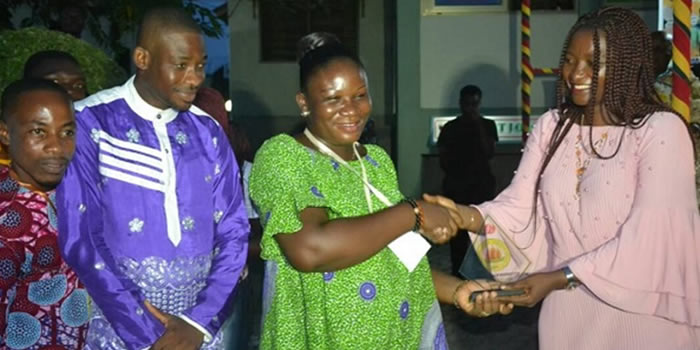

Population
The Agona West has a total population of 158,678 with female slightly dominating at an estimated population of 83,504 while male population was estimated at 75,174 according to the 2000 Population and Housing Census.
Population Size and Growth Rates
The population growth rate was 2.66% in 1984. About 40% of the populace was children (source: Ghana -We Mean Business: A Guide to Ghana’s 110 Districts page 282). In 1960 the population of the area forming the current Agona District was 82,607 and growing at an annual rate of 0.6% it reached 87,446 in 1970 and by 1984 the total population was 122,631 showing an annual growth rate of 2.66% between 1970 and 1984(source: 1996-2000 Medium Term Development Plan page 14).
With the current (2000) population being 158,678, the annual growth rate between 1984 and 2000 is 1.196% per annum. However, the growth rate of the major towns show a higher average growth rate of 2.4%. The trend is the same nationwide. There is a trend of increasing urbanization.
Age-Sex Structure of Population
The age and sex structure is displayed in Table 2 in pdf file. It shows that the population is predominantly female (52%), with males forming about 48%. It has a working population of about 48% who take care of the aged (6.5%) and the youth (45%). This gives a dependency ratio of 1.08. This means that every working adult cares for two persons. When cognizance is taken of the fact that the main economic backbone of the district - cocoa cultivation- is seriously on the decline, then the high incidence of poverty cannot be over emphasized.
Social and Ethnic Structure
The indigenous people of are the ’Agonas’. Over the years they have co-existed with other prominent minority migrants such as Obutus, Gomoas, Ewes, Effutus, Fantis, Kwahus, Atakpames, Kontokoris and several ethnic groupings of Northern Ghana origin. There is no existing documentation on the ethnic structure of the Assembly but local estimates of the migrant population is about 10% to 30% (source: the 1996-2000 MTDP).
Apart from Swedru (the district capital) to which people are attracted due to the existence of public and private sector business activities, Otsenkorang Area Council also has a high migrant population due to the cocoa industry. Here, migrants outnumber the indigenes by a ratio of 4:1 (source: 1996-2000 MTDP). Kwahus and Gomoas dominate in cocoa farming. Despites the high number of different ethnic groups, the District has a strong social integration from the diverse ethnic groups.
The groups intermarry and participate in shared cropping arrangements under the existing land tenure systems, especially the ’Abunu’ and ’Abusa’ which are commonly practiced. This has promoted solid social bonds and economic ties between migrant tenants and their indigenous landlords. It also makes it easier for tenants to acquire land for farming.
Marriage and Inheritance
The people of Agona practice the matrilineal inheritance system. Female children in the extended family under this system are considered important for the survival of the family as a unit. Inheritance is therefore passed on from brothers to their sisters’ children (nephews and nieces). Female share of labour and contributions to the family income from agriculture is quite substantial. Polygamy is a common social characteristic in the District, particularly in less urban and farming communities.
Date Created : 11/13/2017 5:51:39 AM












 facebook
facebook
 twitter
twitter
 Youtube
Youtube
 +233 593 831 280
+233 593 831 280 0800 430 430
0800 430 430 GPS: GE-231-4383
GPS: GE-231-4383 info@ghanadistricts.com
info@ghanadistricts.com Box GP1044, Accra, Ghana
Box GP1044, Accra, Ghana